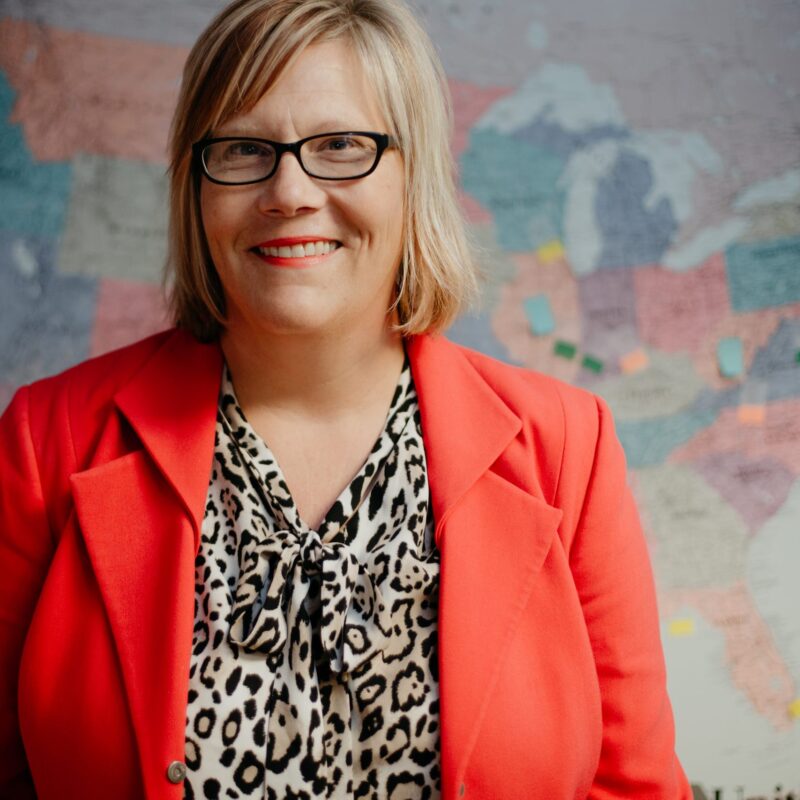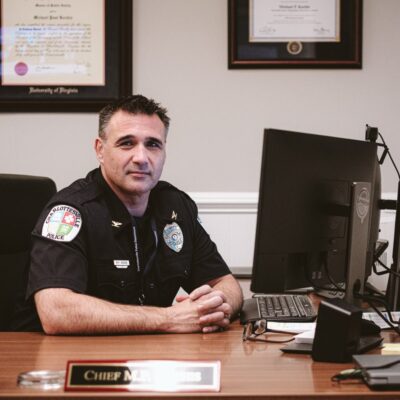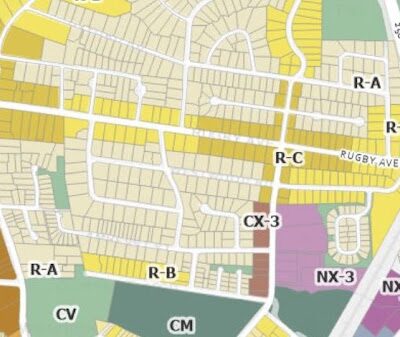
The contentious issue of rural preservation is at the root of a new proposal for tradable development rights (TDR) from Albemarle County Supervisor David Slutzky. It’s garnering reserved approval from interested parties across the spectrum.
The question of how to prevent bucolic countryside from being converted to cul-de-sacs and strip malls (a.k.a. How Not To Become Northern Virginia) has been critical lately. Three years ago, the Board of Supervisors decided that Albemarle’s answer would be to designate 5 percent of the county as growth areas.
Seeing continued rural development, however, County supervisors have since considered what’s known as phasing: delaying rural development rights over several years in order to thwart large commercial builders. But the board has become locked in a 3-3 split on the issue.
“If we don’t do something soon, we’re screwed,” says Slutzky, a new member to the County board. He cites statistics that 250-300 new single-family detached houses are still being built each year in the rural areas. A proponent of phasing, Slutzky redirected his disappointment into finding a new solution.
A version of TDR, which gets support from free market types, is used in Montgomery and Baltimore coun-ties in Maryland.
In Slutzky’s scheme, designated growth areas (like Crozet or Pantops) would remain, but the new proposal would create “boundary areas,” comprising 1 percent of county land, to be established near existing infrastructure. The so-called boundary areas would be zoned to receive development rights from rural areas. In turn, rural areas would be downzoned so that minimum rural lot size would increase to 50 acres from roughly 20 now. With that downzoning, though, rural landowners would have the option to sell their development rights to a person or company that wants to build at higher density in the “boundary areas”—thus they could still benefit financially from the ever-tempting development boom.
At an October 3 press conference, an unusual combination of local groups offered some measure of support: Reps from the Farm Bureau, Southern Environmental Law Center (SELC), Piedmont Environmental Council and Free Enterprise Forum all offered encouragement—if not explicit endorsement in every case.
Morgan Butler of the SELC says the program “comes down to the details.”
Farm Bureau President Joe Jones also cautions that the details will make a difference, but finds the TDR plan more equitable to rural landowners, who would be still be able to cash in on local growth. “In the long run, it all has to do with the money,” says Jones.
Slutzky says he hopes to make the multiple steps necessary for the TDR plan to become a reality within a year.—Will Goldsmith





